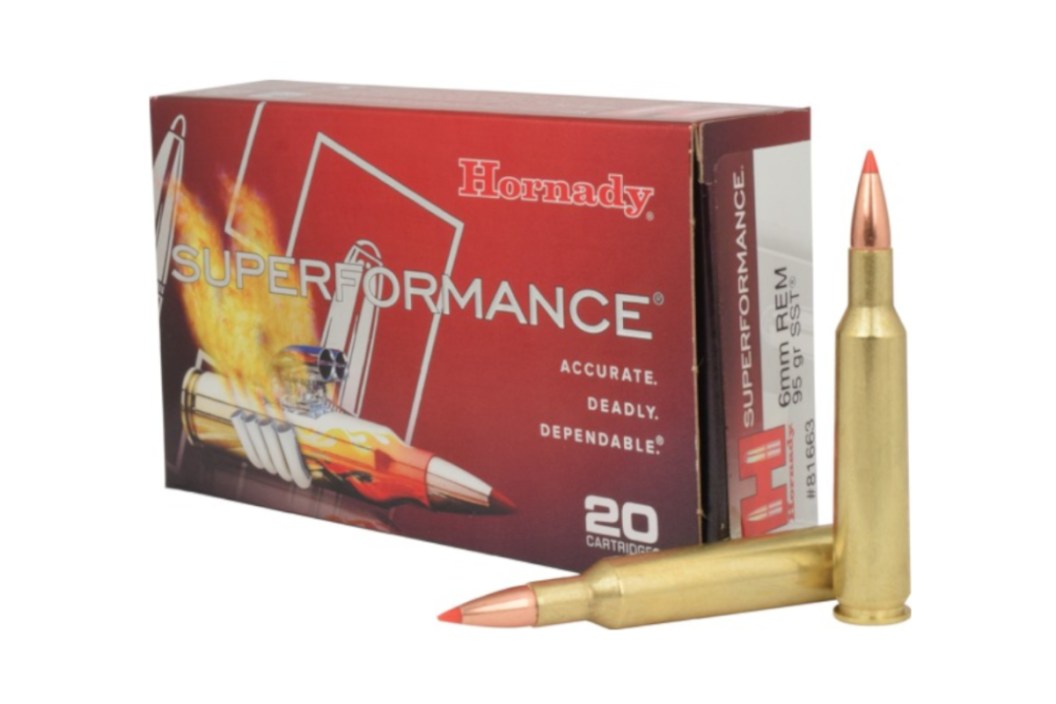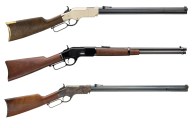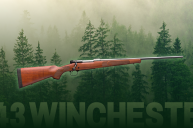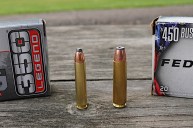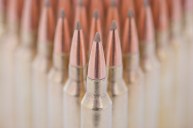Why is the 6mm Remington not more popular with shooters?
Firearms and ammo manufacturers are constantly experimenting with different variants in a never-ending search to find the perfect hunting round. It's not likely to ever happen, but it has resulted in a lot of interesting bullet variants over the decades. It's always fascinating to see what rounds have thrived and which ones are just barely still scraping by.
The 6mm Remington falls into that latter category. First designed in 1955, and originally called the .244 Remington, the round was meant to be a direct competitor to the .243 Winchester.
However, the Wildcat round just never took off and while it still exists today, it remains in relative obscurity even through it's the faster and more powerful of the two rounds. So, what happened to the 6mm Remington? Why is not more popular today?
Why the 6mm Remington was developed. (And why it failed.)
To understand more about how this round came about, it's important to remember the times in which it was developed. YouTuber Ron Spomer does an excellent job going into this round in depth in the video above if you have the time. The key thing to know is in 1955, that it was post World War II, the economy was thriving, and many were looking for a "catch all" type of round that could be used on big game like whitetails and mule deer. However, shooters also wanted some versatility in a round that could also be used to pick off varmints like coyotes at long range.
Winchester's solution for this need was the iconic .243 Winchester, which took some cues from the equally iconic .308 Winchester's neck down style. Designers Fred Huntington and Mike Walker decided to neck down a 7x57mm Mauser, also known as a .257 Roberts casing to take a .24 caliber (6mm bullet). Thus, the .244 Remington was born.
On paper, and in the field, most shooters who have tried both agree the 6mm Remington is the better of the two rounds. The 6mm cartridges deliver a performance of about 2,900 to 3,100 fps of muzzle velocity depending on the bullet weight. In almost every case, the 6mm was about 100 fps faster than the .243 Winchester, which should have made it the obvious choice for hunters.
However, Remington made a key error here. In those days, the use of 100 grain bullets for deer and other medium game like antelope was not as common. In fact, the idea made some hunters nervous. Especially those who were used to using much larger 120-150-grain bullets. Most hunters just went with a heavier bullet weight in those days. The 6mm round launched with the Remington Model 722 bolt-action rifle, and the gun came with a 1:12 twist rate, which was by design for a 90-grain soft point. Remington's engineers had done their homework. They had determined a 90-grain bullet would handle deer. Of course, these days we know even lighter bullets are more than adequate. However, this point was either not effectively communicated in Remington's marketing, or hunters were simply not ready for it. As a result, many hunters said no thanks to the .244 Remington thinking it wasn't fast enough for a 100-grain bullet. By contrast, Winchester was featuring a faster 1:9 twist rate with their Model 70s chambered for .243. Thus, many shooters went with the round they felt would pack more of a punch with a 100-grain bullet, and that was the .243 Winchester.
Remington attempted to course correct a few years later when they rebranded the .244 to the 6mm Rem in 1963. If you're up on your firearms history, you know this is the year they launched their Model 700 rifle. This new rifle came with a 1:9 twist rate to try and pull in the people who passed on the round the first time around. However, by this point it was already too late. The .243 Winchester had decidedly won the war between these two cartridges. While the 6mm Remington is still around today, it can be extremely difficult to find one because it has simply never been that popular.
What is the difference between a 6mm Remington and a .243?
The main difference between the two rounds is in the case and neck down style. The .243 Winchester is based on the should of the .308 Winchester while the 6mm Remington takes cues from the 7x57mm Mauser style. The 6mm cartridge itself has a longer case length and a more aggressive neck down than the .243 Winchester. The slightly longer case length is what allows just a little more powder, and by default, a slightly hotter and faster round than a .243.
Ammo can be hard to find these days, but Remington's own 100-grain Core-Lokt factory loads have a velocity of about 3,100 fps at the muzzle, which slows to about 2829 fps at 100 yards. Federal Premium offers a 100-grain jacketed soft point in their Power Shok line which gets near identical ballistics. Things get slightly speedier with something like Hornady's 95-grain SST Superformance rounds which travel about 3,235 fps at the muzzle and 2,955 at 100 yards. In any case, that demonstrates some of the ballistics advantages.
The 6mm Remington is also slightly more advantageous for handloaders because it can handle a slightly higher PSI than the .243 Winchester and even the 6mm Creedmoor, which has become more popular than Remington's offerings. While 6mm Remington factory loads can be harder to come by, companies like Hornady, Nosler, Barnes, and more offer high quality 6mm projectiles that are perfect for reloading some hot and fast handloads perfect for hunters.
Why is it so hard to find a 6mm Remington rifle?
It's simple laws of supply and demand mostly. Most hunters these days still go with the .243 Winchester, .308, or 6mm Creedmoor before the 6mm Remington comes into the conversation. If you start searching the websites of Ruger, Savage, and others, you'll be hard pressed to find one listed in current production. Even Remington does not have any 6mms listed in their current production line.
Hunters who want one these days will likely have to scour the used gun market or order a custom rifle if they really want one. Unfortunately, until something major happens to change things, it seems the 6mm Remington simply cannot shake that old narrative from nearly 60 years ago that helped doom its popularity in the first place. The story of the 6mm Remington truly is a fascinating one because it shows just how finicky the gun market really is, and how quickly it can be reduced to irrelevance, even when the product being produced is a good one.
Products featured on Wide Open Spaces are independently selected by our editors. However, when you buy something through our links, we may earn a commission.
For more outdoor content from Travis Smola, be sure to follow him on Twitter and check out his Geocaching and Outdoors with Travis YouTube channels.
NEXT: 6.5 CREEDMOOR DEER HUNTING: THE PROS AND CONS OF THE CONTROVERSIAL ROUND
WATCH
